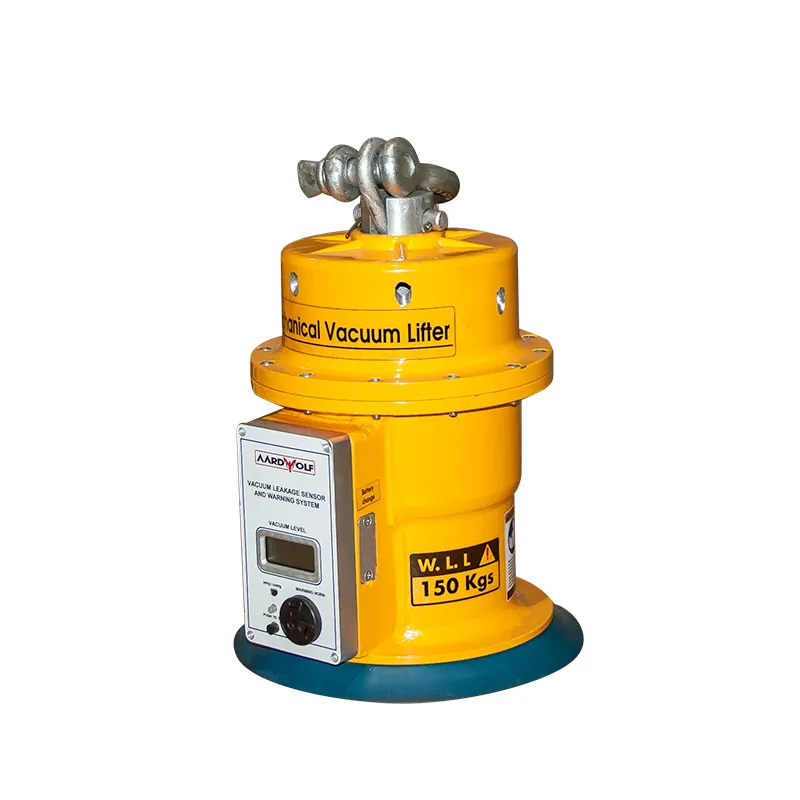In today’s highly competitive manufacturing and production environment, material handling is not just an operational necessity—it’s a core driver of efficiency, quality, and profitability. Well-designed material handling systems are integral to every phase of production management, from raw material receipt to finished goods shipment. Companies that excel in material handling gain a significant edge in reducing costs, minimizing waste, improving safety, and optimizing productivity.
This article explores the concept of material handling in production management, key equipment and systems, best practices, and the impact on organizational success.

Table of Contents
ToggleUnderstanding Material Handling in Production Management
Material handling in production management refers to the systematic movement, storage, protection, and control of materials—whether raw materials, components, work-in-progress, or finished products—within a production facility. The goal is to move materials efficiently and safely at the lowest possible cost, while supporting seamless workflows and quality standards.
For foundational concepts, see What Is Material Handling?
Material handling is deeply connected to plant layout, workflow design, and inventory management. Every touchpoint—whether manual or automated—affects throughput, cost structure, and risk.
Key Objectives of Material Handling in Production
- Reduce Production Costs: Minimize manual handling and labor requirements with modern tools and automation.
- Improve Safety: Lower the risk of workplace injuries by using ergonomic and specialized lifting equipment.
- Increase Productivity: Speed up movement between workstations and processes, eliminating unnecessary handling or delays.
- Enhance Product Quality: Prevent material damage and loss through careful handling, storage, and tracking.
- Support Lean Manufacturing: Enable just-in-time (JIT) inventory, minimize material waste, and simplify process flows.
Types of Material Handling Equipment in Production
A successful production environment integrates a broad mix of equipment, each chosen to suit the materials, volumes, and workflows:
Manual Equipment
- Wheelbarrows, Pallets, Carts: Suitable for flexible movement of lighter materials.
- Hand trucks and trolleys: Common for internal transfers in assembly lines.
Motorized and Mechanized Equipment
- Forklifts for construction and manufacturing: Essential for bulk and palletized loads.
- Hoists and Cranes: Jib Cranes and gantry cranes for vertical movement of heavy or awkward items.
- Conveyors in construction and production: Automate repetitive, high-frequency movements between workstations.
Automated Handling Systems
- Vacuum Lifters: Vacuum Lifters are critical for lifting, rotating, and positioning glass, sheet metal, and other non-porous items with precision.
- Automated Storage and Retrieval Systems (AS/RS): For rapid, error-free material access and space utilization.
- Robotics and AGVs: For high-speed, programmable material transfers with minimal human intervention.
For an overview, see Material handling Equipment and advice on selection at Material-handling Equipment.
The Role of Material Handling in Production Systems
Material handling is a vital link in the production value chain. Its roles include:
- Receiving: Unloading, inspecting, and storing incoming materials safely.
- Internal Transportation: Moving materials between storage, processing, assembly, and packaging.
- Staging and Buffering: Positioning materials at workstations or in buffer zones for just-in-time operations.
- In-Process Handling: Integrating handling systems with production lines for smooth transitions.
- Finished Goods Handling: Moving final products to storage or loading docks.
Every stage can be optimized for minimal movement, time, and risk.
Manual vs. Motorized vs. Automated Material Handling
- Manual Handling: Flexible and cost-effective for small batch production, but higher risk for labor-intensive or repetitive tasks.
- Motorized Handling: Boosts throughput and safety for medium-to-large operations; forklifts, Jib Cranes, and powered conveyors are standard.
- Automated Handling: Delivers maximum efficiency, reliability, and inventory accuracy in high-volume or complex operations. Automated and robotic systems minimize labor and errors.
More insights at Which of the Following Is a Motorized Material Handling Device.
Best Practices: Safe and Efficient Material Handling in Production
- Plan Layouts for Flow: Design workspaces to minimize movement and handling.
- Invest in Ergonomics: Use adjustable height tables, lifters, and powered equipment to prevent injuries.
- Standardize Handling Procedures: Train all staff on safe, efficient material movement.
- Implement Real-Time Tracking: Use barcode/RFID and software for inventory and workflow visibility.
- Regular Equipment Maintenance: Prevent breakdowns and accidents with scheduled inspections.
For more, see What Is Material Handling Equipment.
Material Handling and Production Cost Optimization
An effective material handling strategy directly impacts your bottom line:
- Reduce Labor Cost in Construction and Manufacturing: Fewer manual tasks and less downtime.
- Increase Production Productivity: Faster, error-free movement keeps lines running.
- Minimize Material Waste: Proper handling reduces loss, breakage, and rework.
In real-world settings, manufacturers using Aardwolf Slab Lifters, conveyors, and automation have reported significant gains in both output and safety.
The Link Between Material Handling and Lean Manufacturing
Material handling is central to lean and agile manufacturing philosophies. Efficient systems support:
- Shorter lead times and smaller batch sizes
- Reduced work-in-progress (WIP) inventory
- Smoother flow, less double-handling, and fewer bottlenecks
Safety, Regulations, and Compliance
Workplace safety and compliance are paramount:
- Adhere to national and international safety standards (e.g., OSHA)
- Use equipment guards, alarms, and fail-safes
- Train and certify operators for motorized/automated systems
- Regularly review and update safety protocols
Conclusion
Material handling in production management is far more than a support function—it’s a strategic enabler of quality, efficiency, and competitive advantage. With the right mix of equipment, skilled personnel, and process design, your facility can achieve safer operations, higher throughput, and superior product quality.
Explore leading solutions with Aardwolf Slab Lifters, Vacuum Lifters, and Jib Cranes for your next project.
This article provides general guidance; consult certified material handling and production management experts for site-specific advice and solutions.
For further reading:

















Please log in to leave a comment.